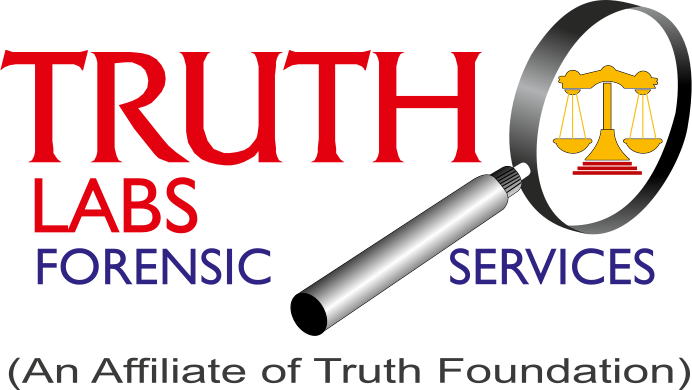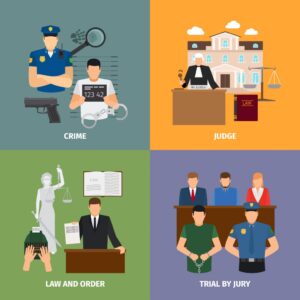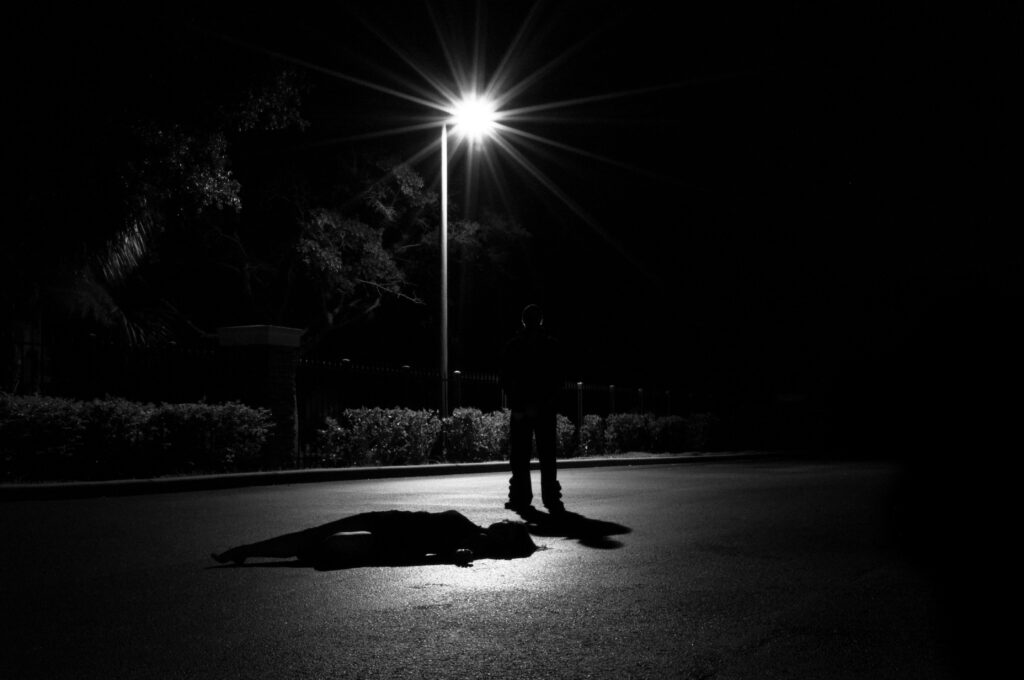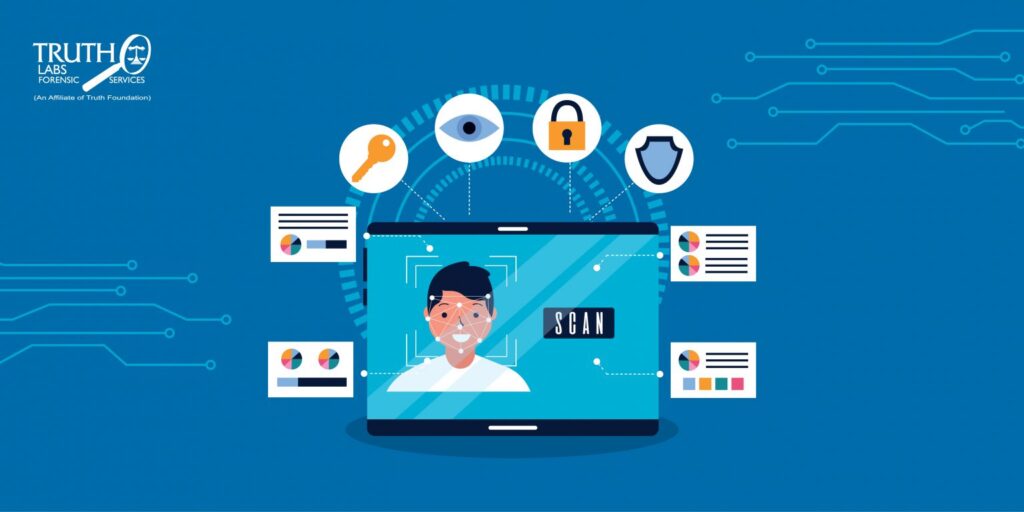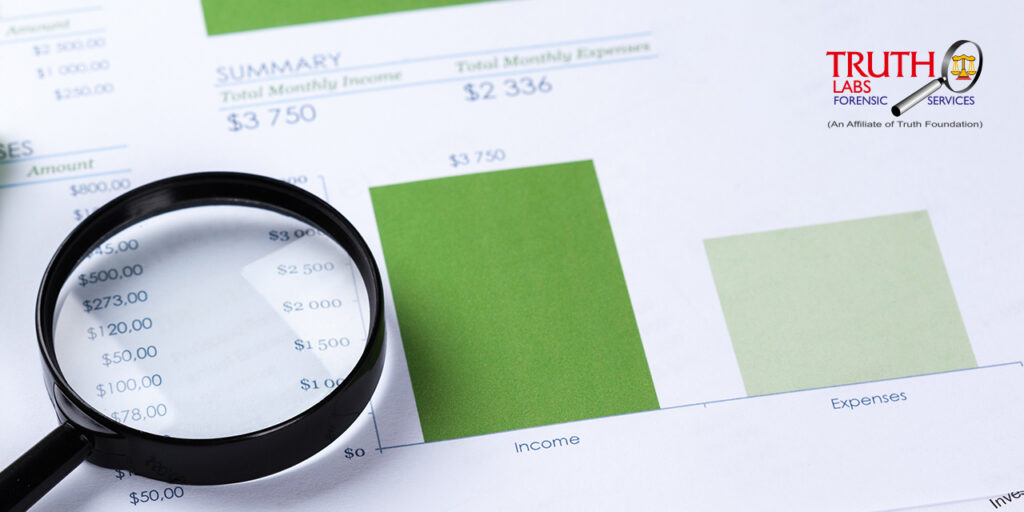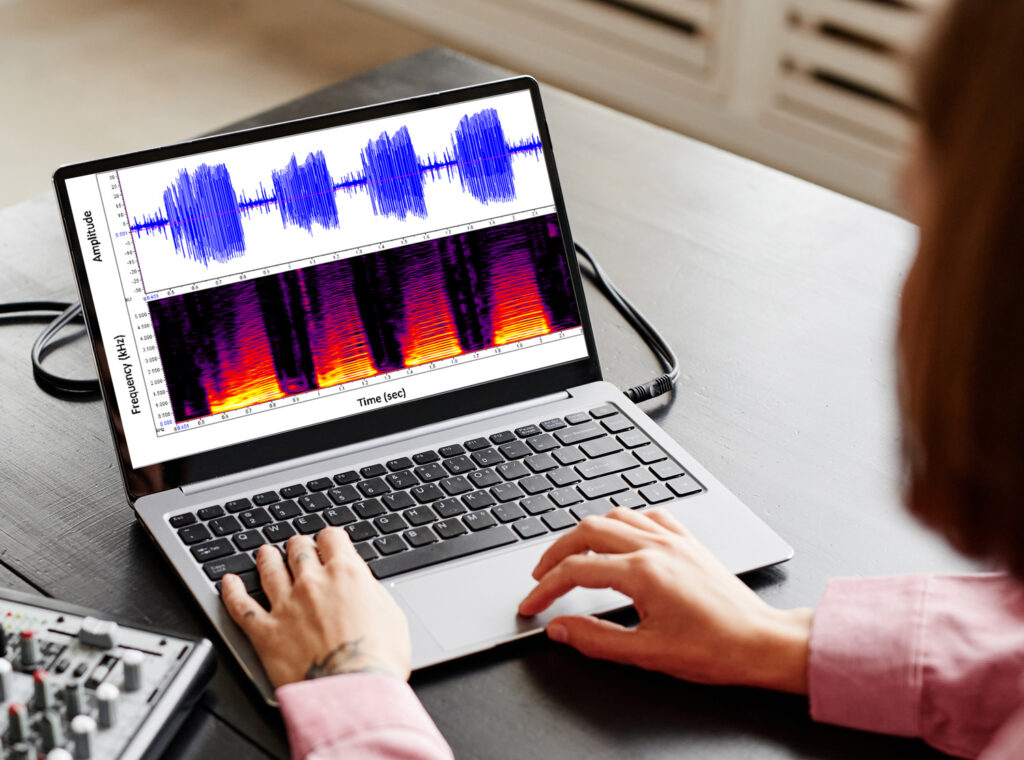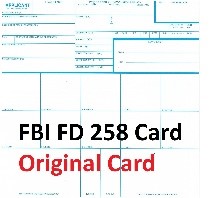The case of the Garment Shop Fire
Accounts of an incident from the word of a witness and a victim is considered a key evidence for an investigation. But it is paramount to test the reliability of the said statement, and ensure the facts align with the presented evidences. However, in some cases, the individuals not only provide murky statements, but intentionally make an effort and to bulldoze the case. Typically, this is prevalent in cases where the victims/ witnesses are involved in underhanded activities that could be uncovered by the investigation.
Truth Labs was approached with a case concerning insurance claim by a garment and textile proprietary firm owned by a formidable woman. A force so reckoning, even investigators could have a chill down their spines in her presence.
In a two story building, the fire had affected floor 1 in an isolated manner. The investigators were shown a scattered pattern of scorched floor along with disturbed furniture and a soupcon of debris deposition not corresponding with the insured claim of destroyed goods.
The victim in question was the owner of the store, who claimed that sometime on a Sunday a significant portion of her stock was burned down and she faced a substantial loss. Unfortunately, there were no records of inventory or any such material evidence as the only available computer, lacked a motherboard and hard disk. Adding to the inconvenience, the CCTV footage for the period of fire was also to be not recorded due to no electricity and the corresponding DVR was sent to a government forensic lab by the police.
But it wasn’t the minimal evidence that hindered our investigators, which was not nearly as impeding as the looming presence of the owner. The interviewing of the witnesses was severely influenced by the owners and her sway over the neighbouring vendors was astonishing. They sounded reluctant and deliberately confused about the events surrounding the fire.
Upon investigation, it was noted that the fire travel path and the burn patterns were unusual and the positioning of the items and clothes as narrated by the insured was found to be discordant with the physical trace of the fire. The reconstructive inference excluded possibilities of electrical or accidental fires. The physicochemical analysis of the debris reported hydrocarbons indicating the presence of petrochemicals. The witness statements were flimsy and uncorroborated with each other.
All in all, the evidences found indicated foul play which was concluded that the fire which has multiple points of origin was initiated by human ignition. Our report then helped the insurance company close their case in a swift and efficient manner
